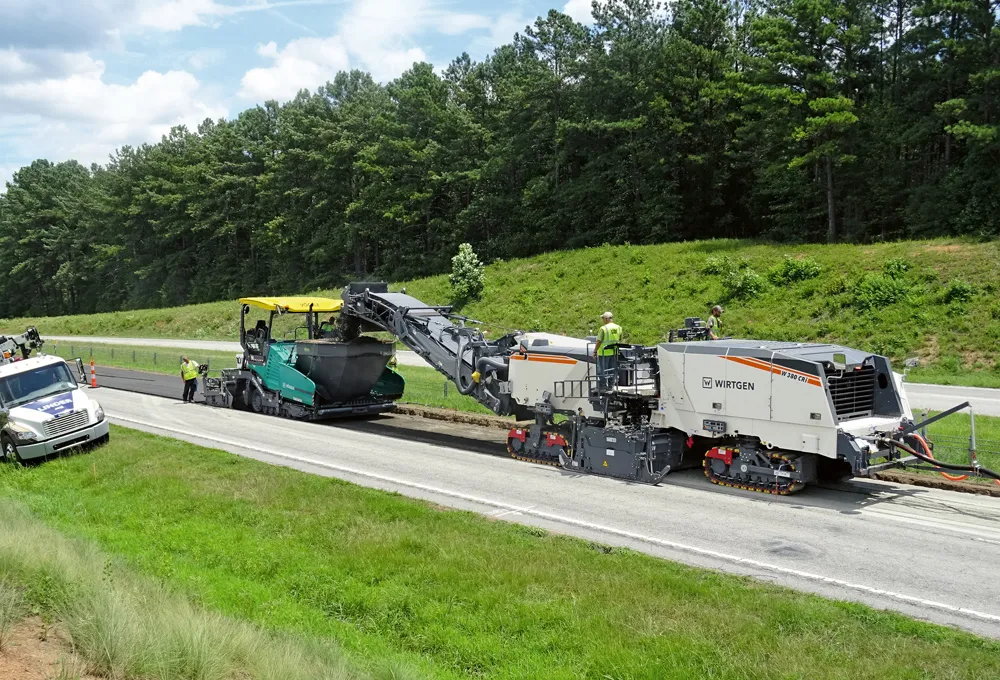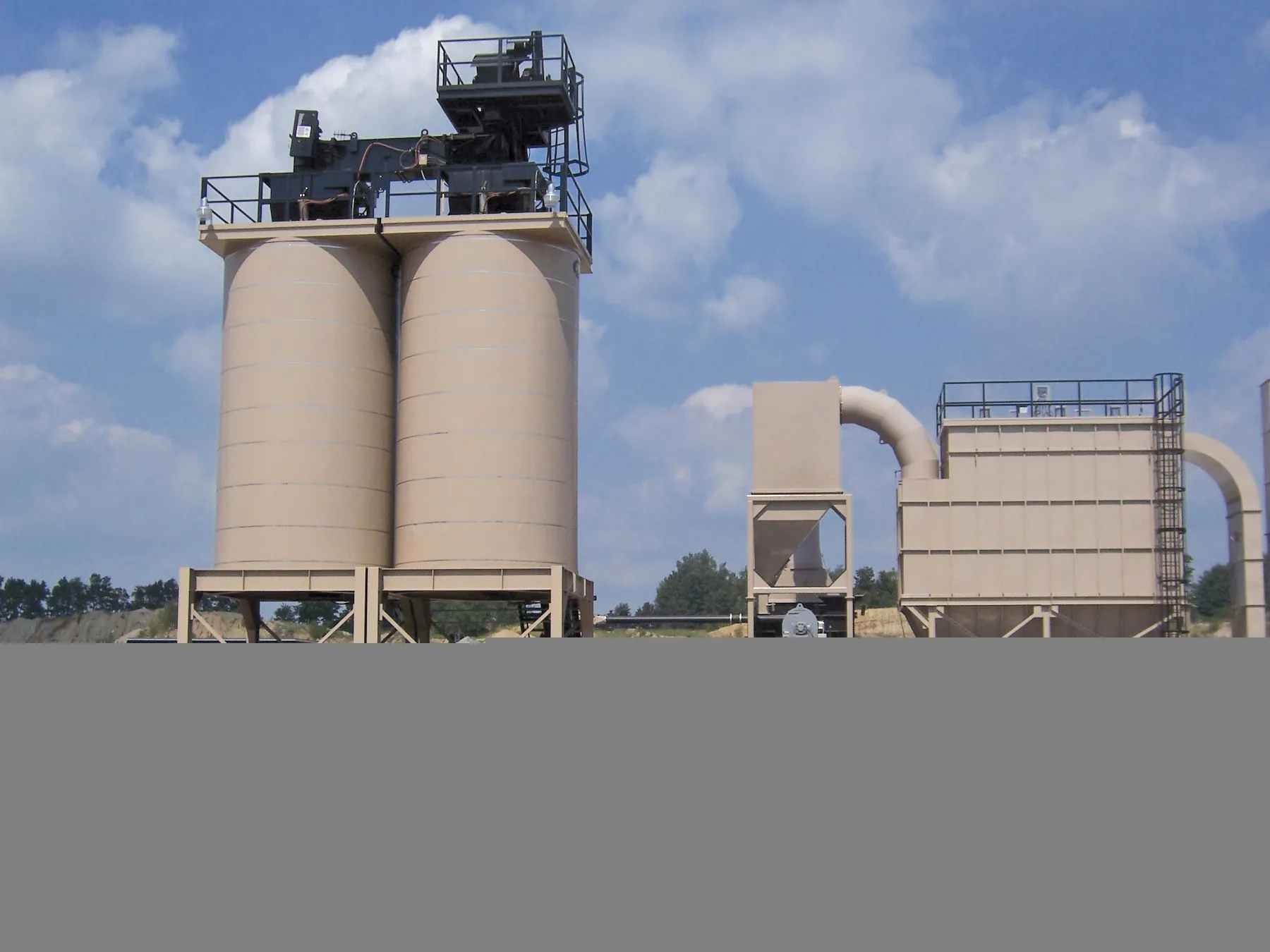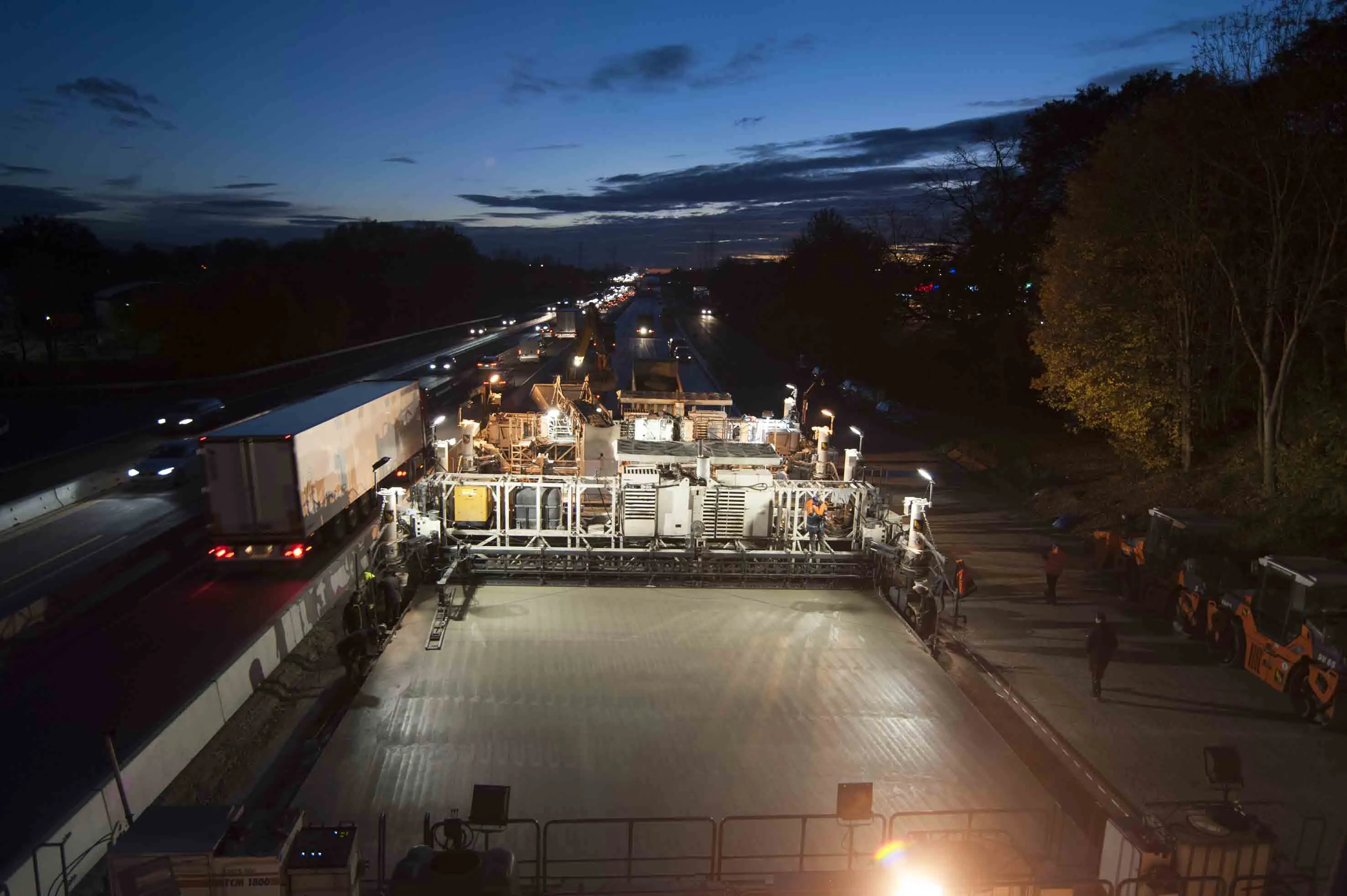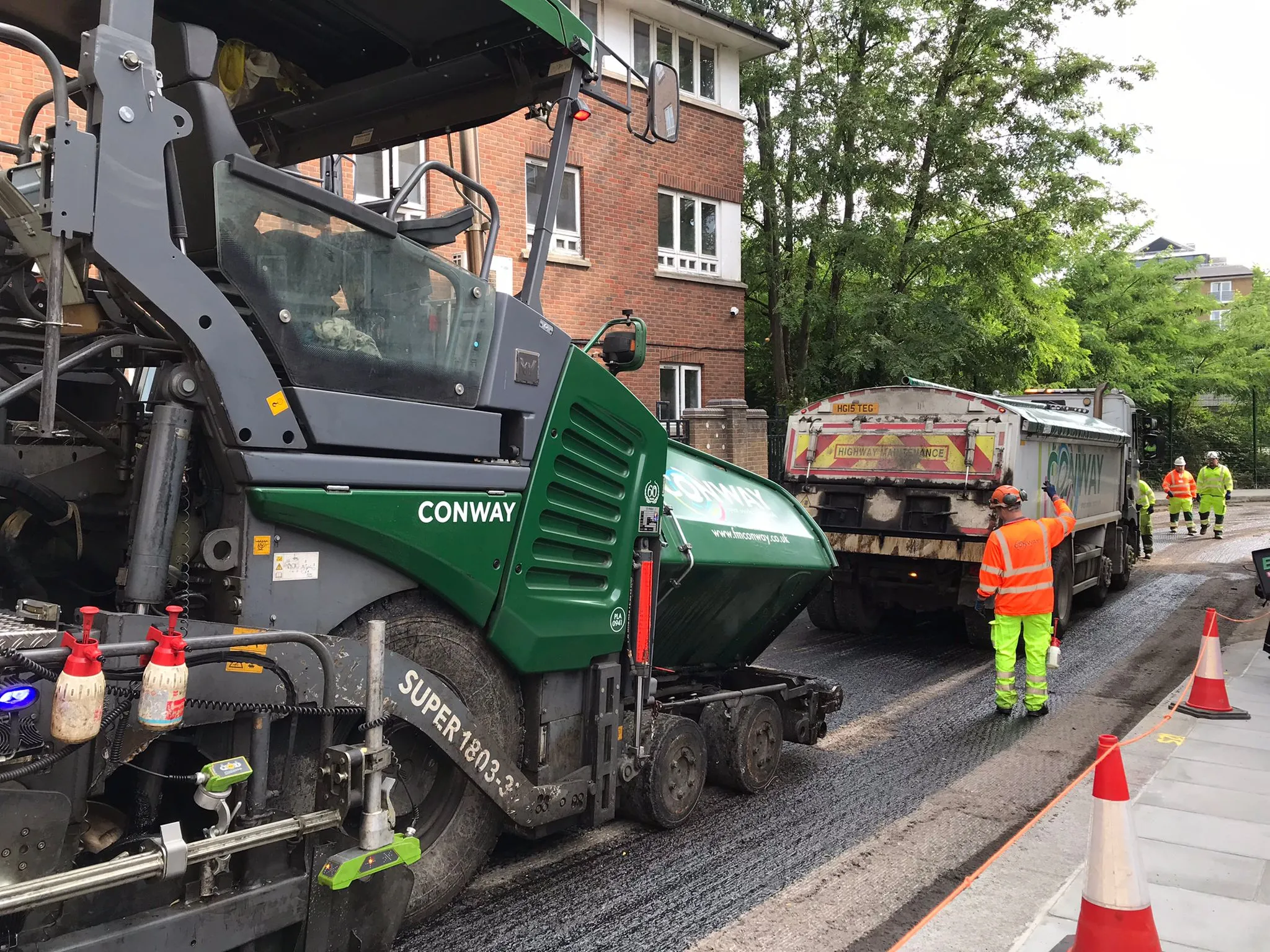Vögele says that its SUPER 800-3i is compact and versatile, offering a range of pave widths extends from 0.5-3.5m. The machine can operate in confined spaces such as in towns and cities and suits duties with local authority contractors.
Of note is that it has an AB 220 TV screed, a tamper vibrating model that is unusual in this compact asphalt paving class as competing models tend to feature vibration only.
February 17, 2016
Read time: 2 mins

Of note is that it has an AB 220 TV screed, a tamper vibrating model that is unusual in this compact asphalt paving class as competing models tend to feature vibration only. This offers paving widths of 1.2-2.2m but can be built up using bolt-on extensions. The pave width can also be reduced down to 0.5m without the need for any modifications. Since the screed floats on the mix even with the system for pave width reduction installed, it is said to achieve optimal pre-compaction.
Power comes from a four cylinder
This machine can pave to within 50mm of boundaries and has a low overall height of less than 2m allowing Iit to operate in low headroom areas. It has a small clearance width of 1.4m and a low outer track gauge of just 1.14m.
Its material hopper has separately folding sides and can be fed from the front by a truck or from the side using an offset feeder. The push-rollers can be moved to the left when paving along walls and combined with an asymmetrical material hopper, can be supplied with material by a truck if required.
The firm’s small pavers also come with effective material handling systems to achieve an optimum head of mix in front of the screed. Homogeneous spreading of material is said to be ensured by large auger blades with a diameter of 300mm, while material segregation is minimised.
The machine has the ErgoBasic operating system, which was developed from the proven ErgoPlus installed in VÖGELE's large pavers. This offers capabilities for a small paver that are as effective as for the large machines.









